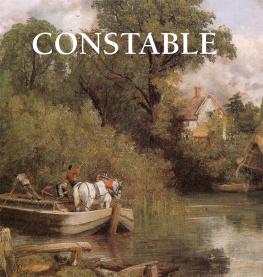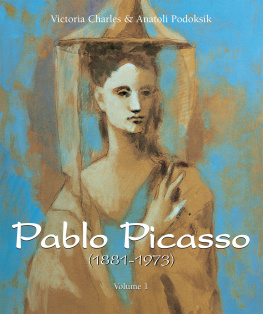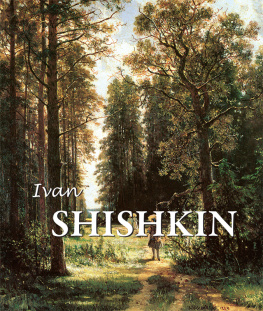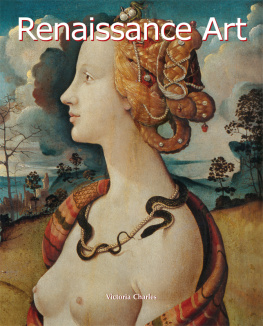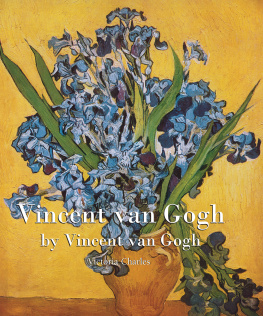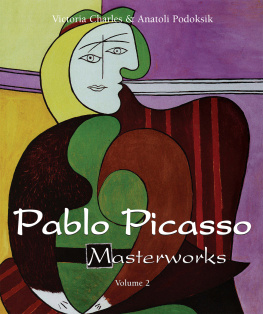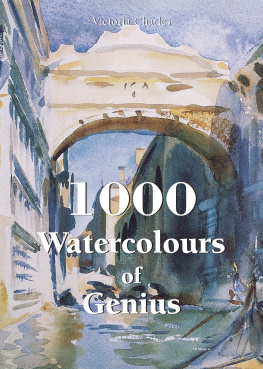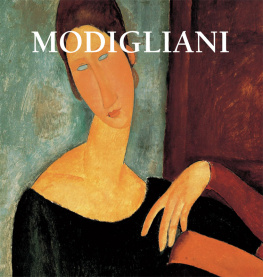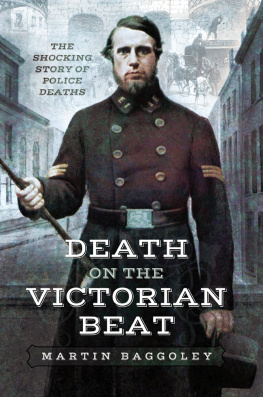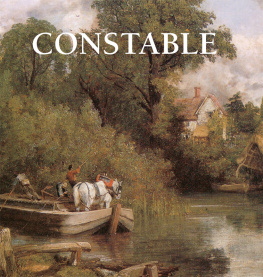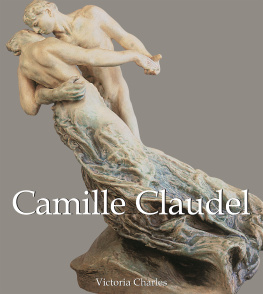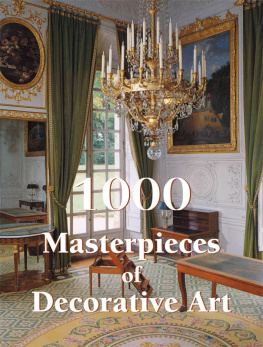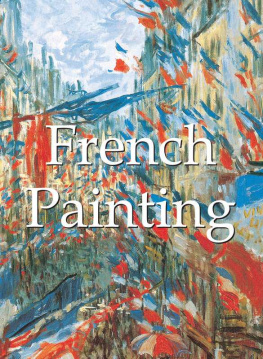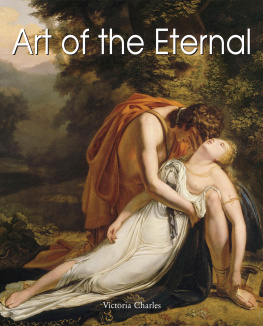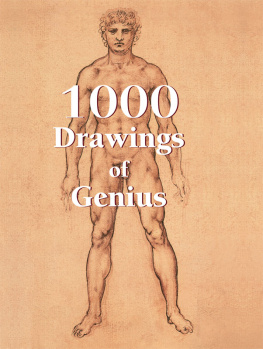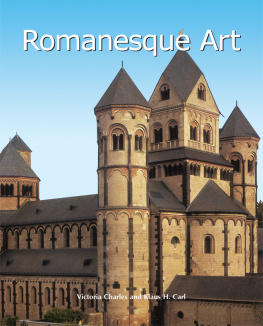Victoria Charles - Constable
Here you can read online Victoria Charles - Constable full text of the book (entire story) in english for free. Download pdf and epub, get meaning, cover and reviews about this ebook. year: 2011, publisher: Parkstone International, genre: Detective and thriller. Description of the work, (preface) as well as reviews are available. Best literature library LitArk.com created for fans of good reading and offers a wide selection of genres:
Romance novel
Science fiction
Adventure
Detective
Science
History
Home and family
Prose
Art
Politics
Computer
Non-fiction
Religion
Business
Children
Humor
Choose a favorite category and find really read worthwhile books. Enjoy immersion in the world of imagination, feel the emotions of the characters or learn something new for yourself, make an fascinating discovery.
- Book:Constable
- Author:
- Publisher:Parkstone International
- Genre:
- Year:2011
- Rating:5 / 5
- Favourites:Add to favourites
- Your mark:
- 100
- 1
- 2
- 3
- 4
- 5
Constable: summary, description and annotation
We offer to read an annotation, description, summary or preface (depends on what the author of the book "Constable" wrote himself). If you haven't found the necessary information about the book — write in the comments, we will try to find it.
Constable — read online for free the complete book (whole text) full work
Below is the text of the book, divided by pages. System saving the place of the last page read, allows you to conveniently read the book "Constable" online for free, without having to search again every time where you left off. Put a bookmark, and you can go to the page where you finished reading at any time.
Font size:
Interval:
Bookmark:

Confidential Concepts, worldwide, USA
Parkstone Press International, New York, USA
ISBN 978-1-78160-607-0
All rights reserved. No part of this book may be reproduced or adapted without the permission of the copyright holder, throughout the world.
Unless otherwise specified, copyright on the works reproduced lies with the respective photographers. Despite intensive research, it has not always been possible to establish copyright ownership. Where this is the case, we would appreciate notification.
John
Constable

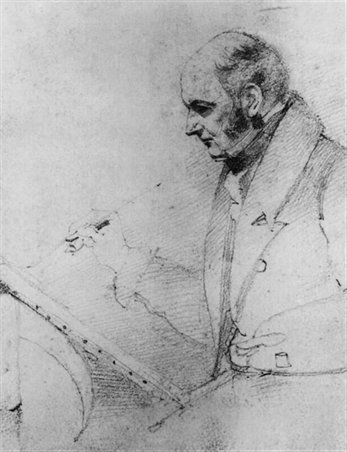
1. Daniel Maclise, Constable painting, c.1831.
Pencil sketch, 15 x 11.5 cm,
National Portrait Gallery, London.
John Constable is arguably the best-loved English artist. His fame and popularity are rivalled only by those of his great contemporary, J. M. W. Turner. But like Turner, his reputation rests on a handful of very well-known paintings, normally Suffolk scenes such as Flatford Mill (p. 35) or the Hay-Wain (p. 48). The latter in particular is so famous that it sometimes overshadows the rest of his work, whereas we know from Constable s writings that he set greater store by his Stratford Mill , and once declared that it was Salisbury Cathedral, from the Meadows (p. 71) rather than the Hay-Wain which best embodied the full compass of his art. For all its fame, even the Hay-Wain itself is misunderstood. It is so familiar that it is hard for a modern spectator to grasp the enormous impact it had upon some of the greatest French painters of the day. In order fully to appreciate Constable s achievement, one must first attempt to clear away some of the many misconceptions surrounding his work.
He was, for example, a more versatile artist than most of his modern admirers realise. It is true that he was deeply and sentimentally attached to the scenery of Suffolk, and unlike many of his colleagues he did not normally tour in search of material; but his friendships and family life forced him to travel, and so there is diversity in his subject matter, embracing the Lake District, Hampstead, Kent, Dorset, Sussex and Salis bury. Many of the magisterial productions of his last years, including Hadleigh Castle and The Opening of Waterloo Bridge (p. 74) are a far cry from the Suffolk scenes, whilst his accomplishments within the difficult and competitive genre of marine painting have been consistently undervalued.
A persistent error surrounding Constable s work is that it is somehow artless and untouched by theory that he simply painted what he saw in response to the beauty of the English countryside. On the contrary, he was a sophisticated, reflective artist whose naturalism was hard-won, based on an incessant study of nature, the Old Masters and wide reading. Far from disdaining theory, Constable s library is known to have contained an enormous body of theoretical texts, ranging from classic writings by Cennino Cennini, Leonardo da Vinci, Roger de Piles and Gerard de Lairesse, to the more recent works of Sir Joshua Reynolds and Henry Fuseli. Where landscape was concerned, there were few important books that escaped his notice, and he had a thorough mastery of the aesthetic debates which preoccupied his contemporaries. Late in life he even lectured on the subject himself. He was also well versed in science, poetry, history and divinity, and like Turner, he put this fund of self-acquired knowledge to use in his paintings. In short, the breadth of his intelligence and the clarity of his ideas are seriously at odds with the view of Constable as a na ve realist.
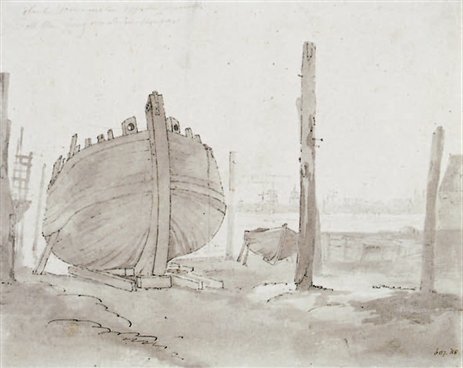
2. Riverside; ship against the sunset, c. 1800.
Pen, ink and grey wash drawing, 20.1 x 25.2 cm,
Victoria and Albert Museum, London.
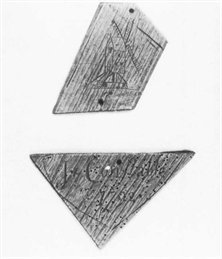
3. Incised Outline of a Windmill, fragment
of the windmill on East Bergholt Heath, 1792.
Incised in wood, 29.5 x 39.5 cm, The Minories, Colchester.
It is also tempting to forget that Constable was a professional painter, and that the kind of success and reputation he desired could only be achieved in London within the orbit of the Royal Academy. He could have earned a living in Suffolk, just as his contemporary, John Crome, was able to do in Norwich; but Crome relied for a steady income upon his work as a drawing master whereas Constable looked for a professional status that would match his family s social position.
Constable had a very high-minded view of landscape and was single-minded in pursuing his own course, but he also craved recognition and tried various strategies to secure it: he increased the scale of his pictures, occasionally varied his subjects and sometimes tailored his paintings to meet the expectations of the Royal Academy. He had an independent income, but it was not enough to support his family, and he was therefore sometimes compelled to sell duplicates of his most successful scenes and to accept uncongenial commissions. These conflicts between his declared intentions, professional ambitions and family responsibilities are fundamental to an understanding of Constable s career.
John Constable was born in East Bergholt, Suffolk, on June 11, 1776, the fourth child and second son of Ann and Golding Constable. His father was a prosperous local corn merchant. His family s business interests provided Constable with the allowance which supplemented his meagre income as a painter, and, equally important, with a repertoire of familiar subjects. Constable Country , as it is now known, comprises only about twelve square miles of the Stour Valley on the Suffolk-Essex border. Around 1833, in a text intended to accompany an engraving of the house in which he was born, Constable described East Bergholt as pleasantly situated in the most cultivated part of Suffolk, on a part which overlooks the fertile valley of the Stour. The beauty of the surrounding scenery, the gentle declivities, the luxuriant meadow flats sprinkled with flocks and herds, and well cultivated uplands, the woods and rivers, the numerous scattered villages and churches, with farms and picturesque cottages, all impart to this particular spot an amenity and elegance hardly anywhere else to be found. But, as he also confessed, the landscape evoked memories for him that his audience could not share: it had witnessed the happy years of the morning of his life, and later, as he grew to maturity, it became the place where he early met those, by whose valuable and encouraging friendship he was invited to pursue his first youthful wish to become a painter. He believed that the landscape, its beauties and its associations with his careless boyhood , had made him a painter. As if to emphasize his point, Constable introduced into the engraving of his parents house an artist sketching in the open air.
Constable became increasingly nostalgic for his careless boyhood as his anxieties and responsibilities grew. He received most of his education at Dedham Grammar School, where according to his biographer, C. R. Leslie, he distinguished himself more by his draughtsmanship than his scholarship. His father probably intended him to become a clergyman a respectable and lucrative profession but John s halfhearted attitude to his studies gave him second thoughts. He decided in 1793 to train him as a miller instead, but by this time Constable had developed a keen enthusiasm for painting.
Next pageFont size:
Interval:
Bookmark:
Similar books «Constable»
Look at similar books to Constable. We have selected literature similar in name and meaning in the hope of providing readers with more options to find new, interesting, not yet read works.
Discussion, reviews of the book Constable and just readers' own opinions. Leave your comments, write what you think about the work, its meaning or the main characters. Specify what exactly you liked and what you didn't like, and why you think so.

